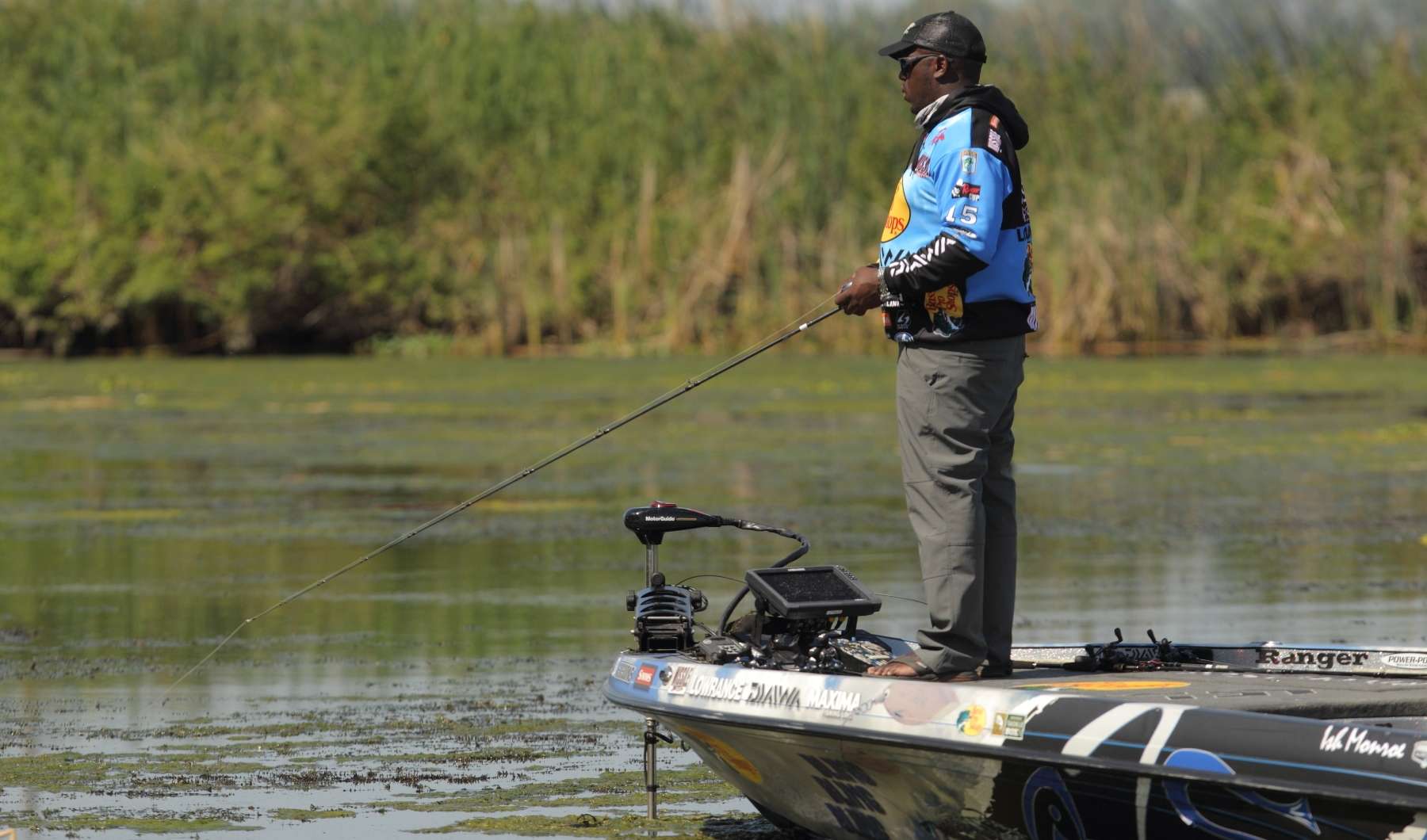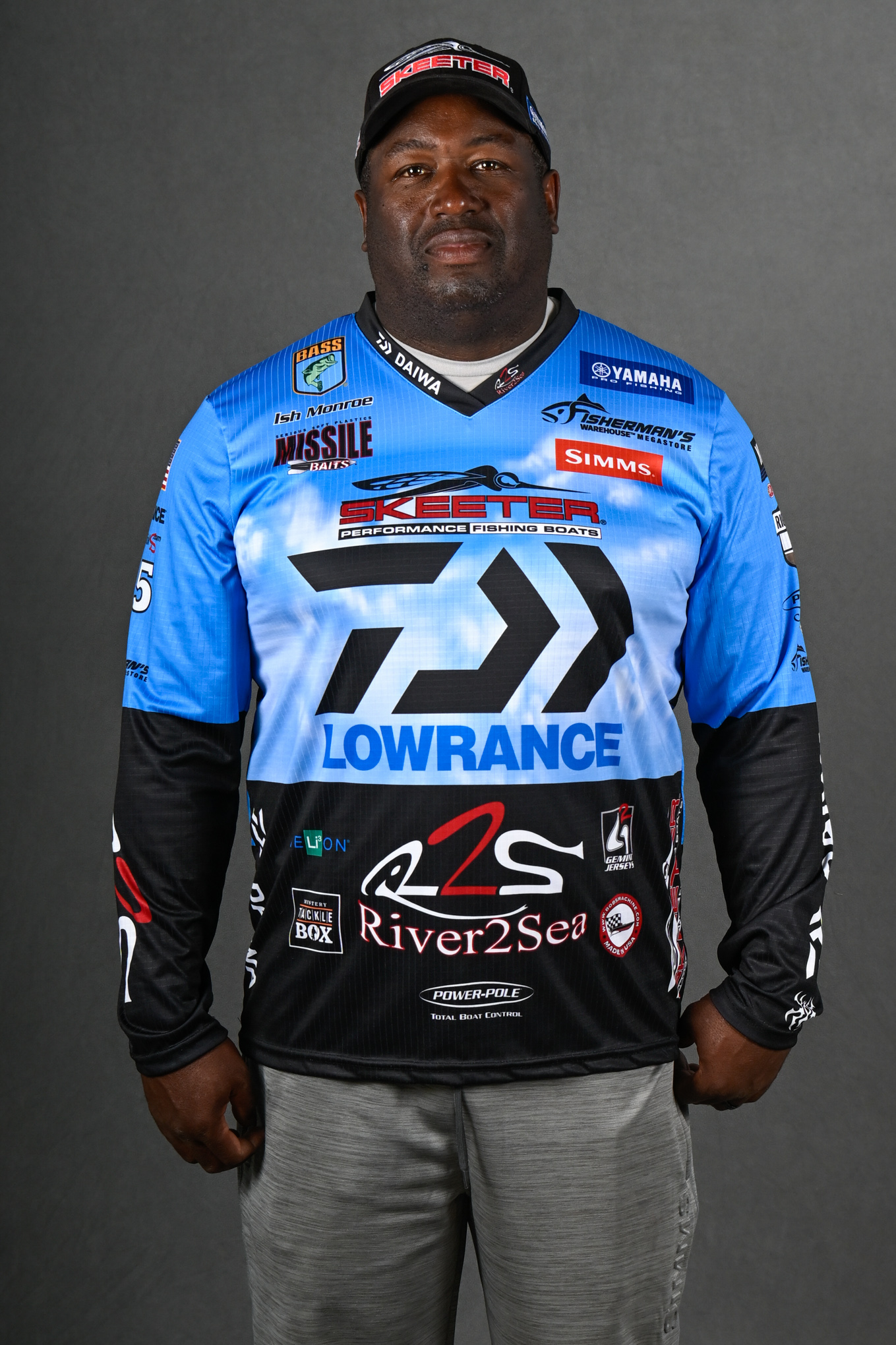
It might feel like winter to most of us, but to the giants in your lake it feels like it’s time to move. And, this is the time in bass fishing history that you have your best shot at a true giant.
Why do I say that? Because the big bass population is better than it’s ever been, and they’re growing bigger every year.
The catch-and-release culture that’s become a part of everyday bass fishing is responsible for much of that. You don’t read as much about it these days as you did years ago. I suppose that’s because it’s ordinary nowadays. But it still matters. I’ve experienced it personally.
My biggest bass in a B.A.S.S. tournament weighed 10 pounds, 14 ounces. I caught her on Toledo Bend in 2010, or maybe it was in 2011. I can’t be sure. She was a tagged bass that had been caught the year before. At that time she weighed 11 pounds, 2 ounces. There’s no doubt in my mind that she would have not survived the first catch but for the catch-and-release ethic.
Another thing is water quality. It matters. The reduction of pollutants and runoff has made a huge difference in our fish populations around the country. The fish are growing faster and living longer in a healthier environment, or at least one that’s better than it used to be.
At the same time we’re turning them loose, and they’re living cleaner lives. Also, our fisheries biologists are working to make sure our waters are balanced with the right combinations of different species and forage for each body of water. Over the past five, 10 or 15 years, that’s made a huge difference.
If you want to take advantage of all this, the time to start is right now. The swings we’ve had in the weather lately, along with the longer days, are actually a good thing. They push the fish towards the beds, and then they pull them back. While this is happening they have plenty of time to eat.
When it’s early like this the two best places to look for them are on channel swings and on secondary points leading into prime spawning grounds. Channel swings are natural stopping places for them as they travel. The secondary points are not as reliable, but they have the advantage of being the last place the bass will feed before she goes to her bed. That makes them a little easier to catch.
They’ll hit a dozen different lures right now. I’ve mentioned some of my favorites in other columns so I won’t repeat them here. The most important thing, though, is to make sure your lure is big. I don’t mean a little bigger than what you normally fish with. I mean fat – heavy – giant – humongous – and even bigger than that. Think about it this way: If you need two hands to cast, you’re getting’ there.
I’m not saying you’ll catch very many doing what I’ve been talking about, but it’s possible you’ll catch the biggest bass of your lifetime. Go for it!

